
This is where you find all our press releases and news articles.
Today, so many organic fertilizer plants are also can produce bio organic fertilizer with same fertilizer production line. Bio-organic fertilizer is the fertilizer with the function of both microbial fertilizer and organic fertilizer. Bio-organic fertilizer contains a variety of beneficial microorganisms inside, which are good for plants and soil. Today, I will introduce to you the project of an organic fertilizer pellet production line with an annual output of 100,000 tons. The raw materials of the project are mainly humic acid, cottonseed residue, plant ash, bacteria, etc., through raw material ingredients-granulation- Drying-cooling-screening-packaging and other production processes are processed. After completion, a production line of 80,000 tons of organic fertilizer and 20,000 tons of agricultural microbial agents will be formed.

Production Line Project of 80,000 Tons of Organic Fertilizer and 20,000 Tons of Agricultural Microbial Agents
Biofertilizers are means of fixing the nutrient availability in the soil. Generally Nitrogen deficiencies.
Since a bio-fertilizer is technically living, it can symbiotically associate with plant roots. Involved microorganisms could readily and safely convert complex organic material into simple compounds, so that they are easily taken up by the plants. Microorganism function is in long duration, causing improvement of the soil fertility. It maintains the natural habitat of the soil. It increases crop yield by 20-30%, replaces chemical nitrogen and phosphorus by 30%, and stimulates plant growth. It can also provide protection against drought and some soil-borne diseases.
It has also been shown that to produce a larger quantity of crops, biofertilizers with the ability of nitrogen fixation and phosphorus solubilizing would lead to the greatest possible effect.
They advance shoot and root growth of many crops versus control groups. This can be important when implementing new seed growth.
Biofertilizers also promote healthy soil, leading to greater farming sustainability.
The raw and auxiliary materials and energy involved in the production of this project are shown in Table 1. The material balance is shown in Table 2.
Table 1 List of raw and auxiliary materials and energy consumption
| Serial number | name | unit | Quantity | Water content | form | store | source |
| Bio-organic fertilizer | |||||||
| 1 | Humic acid | Tons/year | 40000 | ≤35% | solid | Stockyard | Outsourcing |
| 2 | Cottonseed residue | Tons/year | 40600 | ≤30% | solid | Stockyard | Outsourcing |
| 3 | plant ash | Tons/year | 8000 | ≤20% | solid | Stockyard | Outsourcing |
| 4 | Bacillus subtilis | Tons/year | 20 | ≤1% | Solid/liquid | Bagged/barreled | Outsourcing |
| Microbial agents | |||||||
| 1 | Humic acid | Tons/year | 10000 | ≤35% | solid | Stockyard | Outsourcing |
| 2 | Cottonseed residue | Tons/year | 9400 | ≤30% | solid | Stockyard | Outsourcing |
| 3 | plant ash | Tons/year | 2000 | ≤20% | solid | Stockyard | Outsourcing |
| 4 | Bacillus subtilis | Tons/year | 50 | ≤1% | Solid/liquid | Bagged/barreled | Outsourcing |
| Energy consumption | |||||||
| 1 | water | m 3 / a | 8454 | - | liquid | - | Water supply network |
| 2 | Electricity | Million kwh | 659.5 | - | - | - | Park supply |
Table 2 Material balance sheet
| enter | Output | ||||
| project | Quantity (t/a) | name | Quantity (t/a) | ||
| Humic acid | 50000 | Bio-organic fertilizer | 80000 | ||
| Cottonseed residue | 50000 | Microbial agents | 20000 | ||
| plant ash | 10000 | Water evaporation | 10068.81478 | ||
| Bacillus subtilis | 70 | Exhaust | Organized exhaust | dust | 0.634 |
| NH 3 | 0.0176 | ||||
| H2S | 0.00212 | ||||
| Unorganized exhaust | dust | 0.528 | |||
| NH 3 | 0.003 | ||||
| H2S | 0.0005 | ||||
| total | 110070 | total | 110070 | ||
Physical and chemical properties of main raw and auxiliary materials:
(1) Humic acid
Humic acid is a complex organic matter formed by animals and plants through long-term physical, chemical, and biological actions. The bottom mud and soil of water bodies contain humus. Humus is a macromolecular polymer with a complex chemical structure, all with carboxyl groups, phenol groups, and ketone groups. Iso-active groups with molecular weight ranging from 102 to 106 and particle size ranging from 0.5-10 mm. The composition of humus is different from different sources. Humus can be divided into humic acid, also known as humic acid, fulvic acid, and humin according to their solubility differences in acid and alkali. Application: In agriculture, humic acid fertilizer combined with nitrogen, phosphorus, potassium and other elements (for example: humic acid can be neutralized with ammonia to make ammonium humic acid fertilizer), which can increase fertilizer efficiency and improve soil , Stimulate crop growth, improve the quality of agricultural products and other functions; nitro humic acid can be used as an acid regulator for rice seedling raising.
(2) Cottonseed residue
Cottonseed residue is the waste produced by the processing of cottonseed hulls. As a kind of biomass waste, it contains a large amount of cellulose, hemicellulose, and lignin, which has good reuse value.
(3) Plant ash
Plant ash is the residue after burning plants (herbs and woody plants). The main component is potassium carbonate. The relative molecular weight is 138. Plant ash fertilizer is the ash after burning of plants, so all the mineral elements contained in plants are almost in the plant ash. It contains potassium, the most content of which is potassium, which generally contains 6-12% potassium, of which more than 90% is water-soluble and exists in the form of carbonate, followed by phosphorus, which generally contains 1.5-3%; it also contains calcium and magnesium , Sulfur and iron. Plant ash is a kind of inorganic farm manure with wide sources, low cost, complete nutrients and obvious fertilizer efficiency.
(4) Bacillus subtilis
Bacillus subtilis is a kind of bacillus or cocci that can form spores (endospores). The bacteria function has strong moisture retention, strong decomposition of organic matter, rich metabolic products, strong antibacterial and harmful effects, and can be decomposed to produce foul smell Gas organic substances, organic sulfur compounds, organic nitrogen, etc., improve the environment and other functions.
The project product plan is shown in Table 3.
Table 3 Project product plan
| Serial number | Variety name | unit | Yield | Storage method | Executive standard |
| 1 | Bio-organic fertilizer | Ten thousand tons | 8 | Bagged | NY884-2012 |
| 2 | Advanced microbial agents | Ten thousand tons | 2 | Bagged | GB20287-2006 |
The main production equipment of this project is shown in Table 4.
Table 4 List of main production equipment
| Serial number | Equipment name | specification | Quantity (set/set) | Remarks |
| 1 | Forklift Silo | 8m 3 | 2 | According to forklift |
| 2 | Hammer crusher | HCP50 | 2 | Blade crushing |
| 3 | Belt scale | TDG650 | 7 | With secondary meter |
| 4 | Belt conveyors | B650 | 4 | L=10m |
| 5 | Belt conveyors | B800 | 10 | L=10m |
| 6 | Belt conveyors | B1000 | 10 | H=10m |
| 7 | Horizontal crusher | HWS60 | 2 | For continuous crushing of large particles |
| 8 | Broken arch silo | HLJ2000 | 2 | Buffer for materials |
| 9 | Temporary storage tank | 25 cubic | 1 | Stainless steel (including pump and stirring) |
| 10 | Organic fertilizer pellet machine | MZLH350 | 4 | Special production |
| 11 | roller | HZL1608 | 2 | Lining rubber sheet (special production) |
| 12 | Rotary dryer | HGZ2628 | 2 | Bring in and out of the box, rapping device (special production of copy board) |
| 13 | Rotary cooler | HGZ2424 | 1 | Bring in and out the box |
| 14 | Rotary cooler | HGZ2418 | 1 | Bring in and out the box |
| 15 | Trommel | HGS2006 | 2 | Stainless steel screen |
| 16 | Rotary coating machine | HTM1606 | 1 | Lined with polypropylene board |
| 17 | Coating machine auxiliary machine | Including spiral powder adding machine | 1 | Including attached machine, metering pump, imported nozzle, electric control system |
| 18 | Cyclone | 2XLP18 | 2 | Dust removal for dryer (double group) |
| 19 | Cyclone | 2XLP15 | 2 | Used for dust removal of cooler (double group) |
| 20 | Dry induced draft fan | 6-51 | 2 | With adjusting damper |
| twenty one | Cooling induced draft fan | 6-51 | 2 | With adjusting damper |
| twenty two | Packing Machine | DCS50/A2 | 1 | The contact with the material is made of stainless steel (double-bucket scale), automatic folding and breaking |
| twenty three | Manipulator system | - | 1 | Imported robot |
| twenty four | Distribution Cabinet | GGD | 1 | - |
| 25 | Air compressor station | SKK7 / 8 | 1 | With 2m 3 air storage tank |
| 26 | Three-stage washing tower | - | 2 | FRP (complete set of water washing device) |
| 27 | Bag filter | - | 2 | |
| 28 | Steam heat exchanger | - | 4 | - |
This project is the production of bio-organic fertilizer and microbial inoculants, sharing a production line. The production process is basically the same, except that the ratio of various raw materials is different according to market product requirements, and the amount of bacteria added is different. The project uses humic acid, furfural residue, and Bacillus subtilis as raw materials, and is the product after granulating, drying, cooling, and screening.
The specific production process is as follows:
(1) Material preparation
First, the purchased humic acid, cottonseed residue, plant ash, Bacillus subtilis, etc. are transported to the raw material warehouse for temporary storage, and then transported to the silo feeding port with a forklift. The raw materials used in the project meet the technological requirements.
(2) Feeding
Workers use a forklift or a shovel to put cottonseed residue, plant ash, and humic acid into the loading port of the silo. The bottom of the silo is connected with a conveyor belt, and the middle is connected with a chute, and is sealed.
(3) Measuring and conveying
The material in the silo enters the integrated conveyor belt through the automatic belt. There are three integrated conveyor belts in this process. The purpose of mixing materials is achieved through the process of layer-by-layer blanking. The mixing is only a simple physical mixing.
(4) One-time granulation
The granulation process is the core part of organic fertilizer production. The materials in the silo (including the returned materials in the screening process and the particles collected by the bag filter) are conveyed to the disc granulator by the belt, and the disc rotates counterclockwise under the drive of the reducer. , Water is added to the raw materials through the nozzle set above the granulator (or the water washing tower drains), so that the materials are automatically formed into balls to reach the required particle size, and finally discharged from the discharge port and conveyed to the next process by the belt conveyor.
(5) One stage drying
The main purpose of this process is to dry the moisture in the material to meet the requirement of product quality moisture ≤ 30%. After the first granulation is completed, the material is sent to the dryer through the conveyor belt, and the drying is to introduce the hot air through the fan to directly heat the material. The drying temperature is 90℃. The material is dried under the action of the inclined plate. The star discharge valve of the other section of the dryer is discharged to the belt conveyor, and then conveyed by the belt to the cooling process.
(6) One stage cooling
The dried material is conveyed to the rotary cooler through the belt, and the axial fan is used for forced air cooling to further remove the moisture of the material and lower the temperature of the material to less than 50°C. The cooled material enters the screening process.
(7) Screening
The cooled material is lifted by the belt to the drum screen for screening. The project selects a screener with a suitable particle size to screen the material. The production line is equipped with an automatic return system, and the particles with a large particle size (diameter greater than 4.5mm) are left on the upper layer of the screen. The large particles sieved out fall to the return belt and are transported to the crusher for crushing, and the material under the sieve is transported by the belt to the secondary granulation process.
(8) Broken
The unqualified large particles screened out in the screening process fall to the return belt and are transported to the crusher for crushing. The crushed materials and small particles are fed into the silo through the conveyor belt.
(9) Secondary granulation
The secondary granulation process is the same as the primary granulation. The material after the second granulation enters the second stage of drying.
(10) Two-stage drying
The secondary drying process is the same as the primary drying. After the second stage of drying, the material enters the second stage of cooling.
(11) Two-stage cooling
The second-stage cooling process is the same as the first-stage drying, and the cooled material enters the screening process.
(12) Screening and crushing
After the second stage of cooling, the material is lifted by the belt to the drum screening machine for screening. The project selects a screen with a suitable particle size to screen the product. The production line is equipped with an automatic return system. The finished product and small particles enter the fine screen through the screen, with a large particle size The particles flow out from the upper layer of the sieve. The large particles (d>4.5mm) sieved out by the coarse sieve are crushed and the small particles (d<2mm) sieved out by the fine sieve are recycled and reused in the feeding process. The qualified materials (2mm< d<4.5mm) is transported to the bacteria addition process through a belt conveyor.
(13) Adding bacteria and packaging process
The material that meets the particle size requirements is screened and sent into the coating machine through a belt conveyor, and the bacteria agent and the material contact and bond in the coating machine to achieve the purpose of adding the bacteria agent. After the completion of the bacteria addition, the materials are automatically measured with an electronic scale, and packaged with a packaging machine, and then moved to the finished product warehouse for storage and sale.
The total investment of the project is 16.92334 million RMB, of which environmental protection investment is 1 million RMB, accounting for 5.91% of the total investment; the project covers an area of 20,000m2, with a building area of 16,068m2, and mainly constructs production workshops, raw materials workshops, packaging workshops, etc.; the project has 67 labor quotas , The employees are all transferred by Hebei Xingbai Pharmaceutical Group (Hebei Xingbai Biotechnology Co., Ltd. starch sugar workshop stopped production and transferred some of its employees to this project), and the group did not add new employees. The project works 300 days a year, using a three-shift system with 8 hours per shift.
If you want to know more about organic fertilizer pellet machine or organic fertilizer pellet production line project information, welcome to contact us or leave us a message, we will contact you as soon as we see it!
Having the right mix of reliable, high-quality pellet machine and pelletizing systems and expert support is essential to your success. Watch how our end-to-end feed pellet plant solutions have helped our customers optimize their performance.
Our customized and future-proofed turnkey pellet plant solutions is designed with you at the core. From vision to reality and beyond, our team stays connected with yours. Giving you peace-of-mind with an expert at your side.
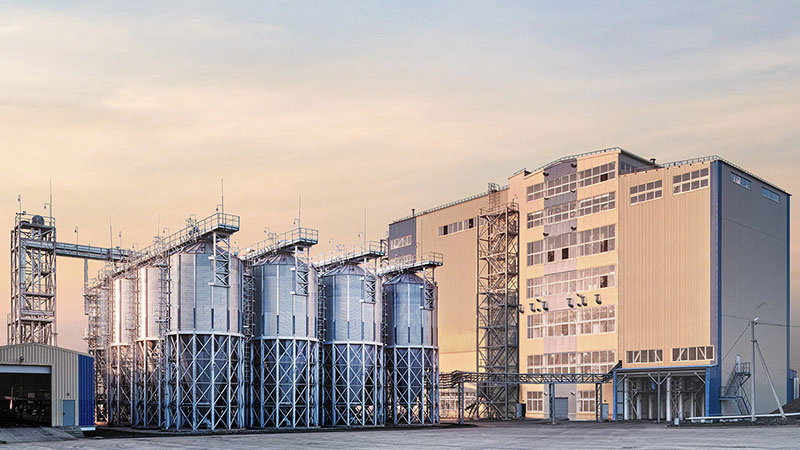
At RICHI, we go beyond project completion. With RICHI Servicee, we’re your dedicated partners in success. Count on us for expert guidance, minimal downtime, and optimized productivity. Choose RICHI for unmatched service and support.
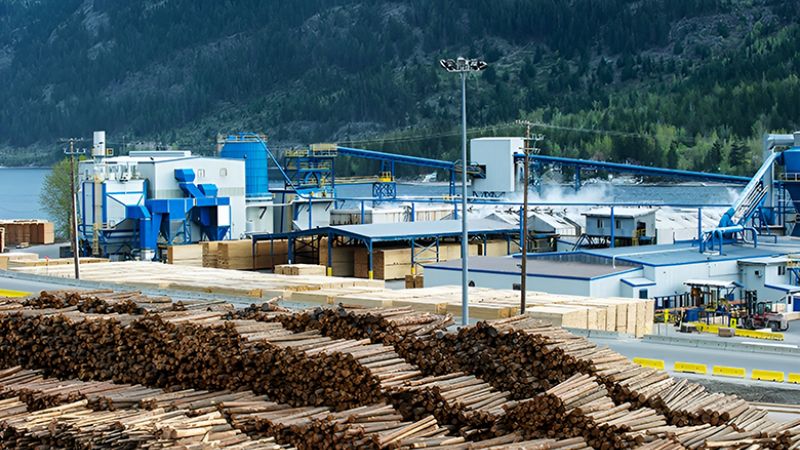
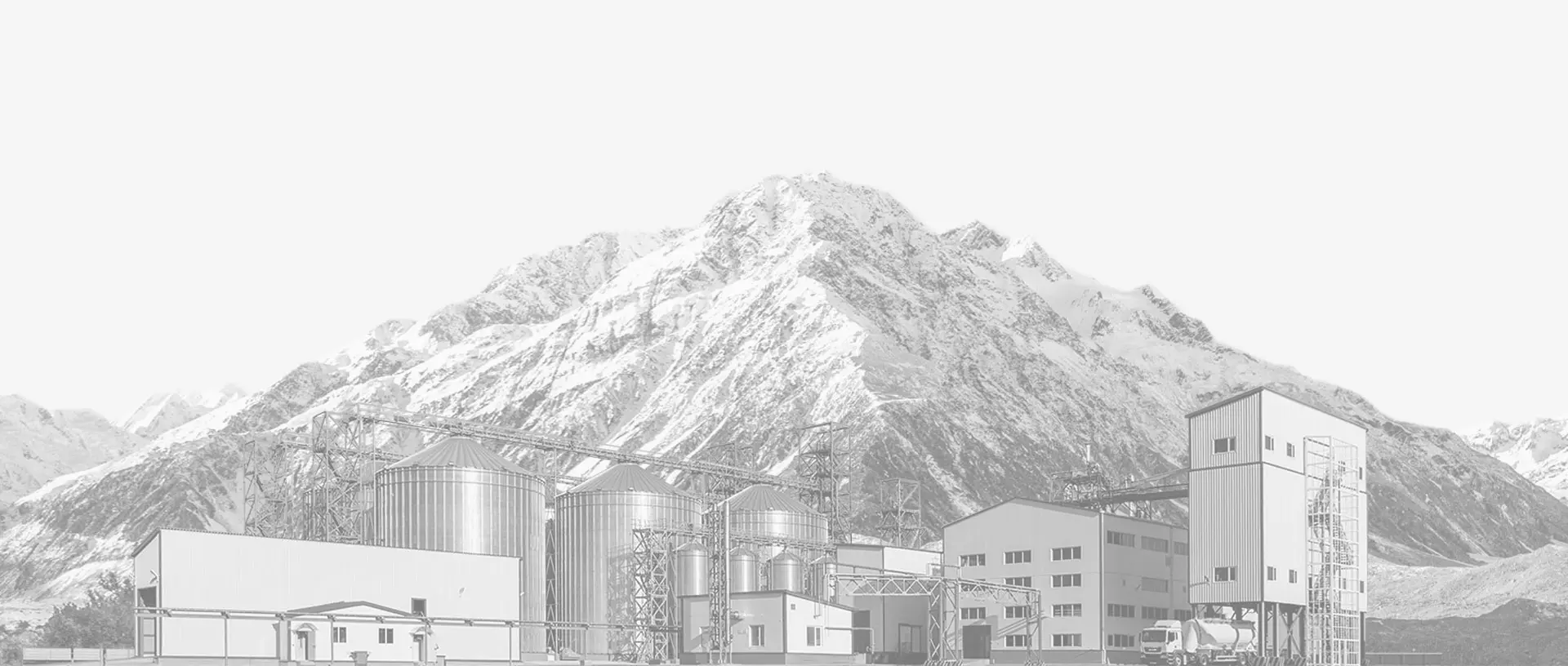

Meet global product demands and quality standards with industry-leading pellet plant design, engineering, equipment, and construction services for pellet processors.
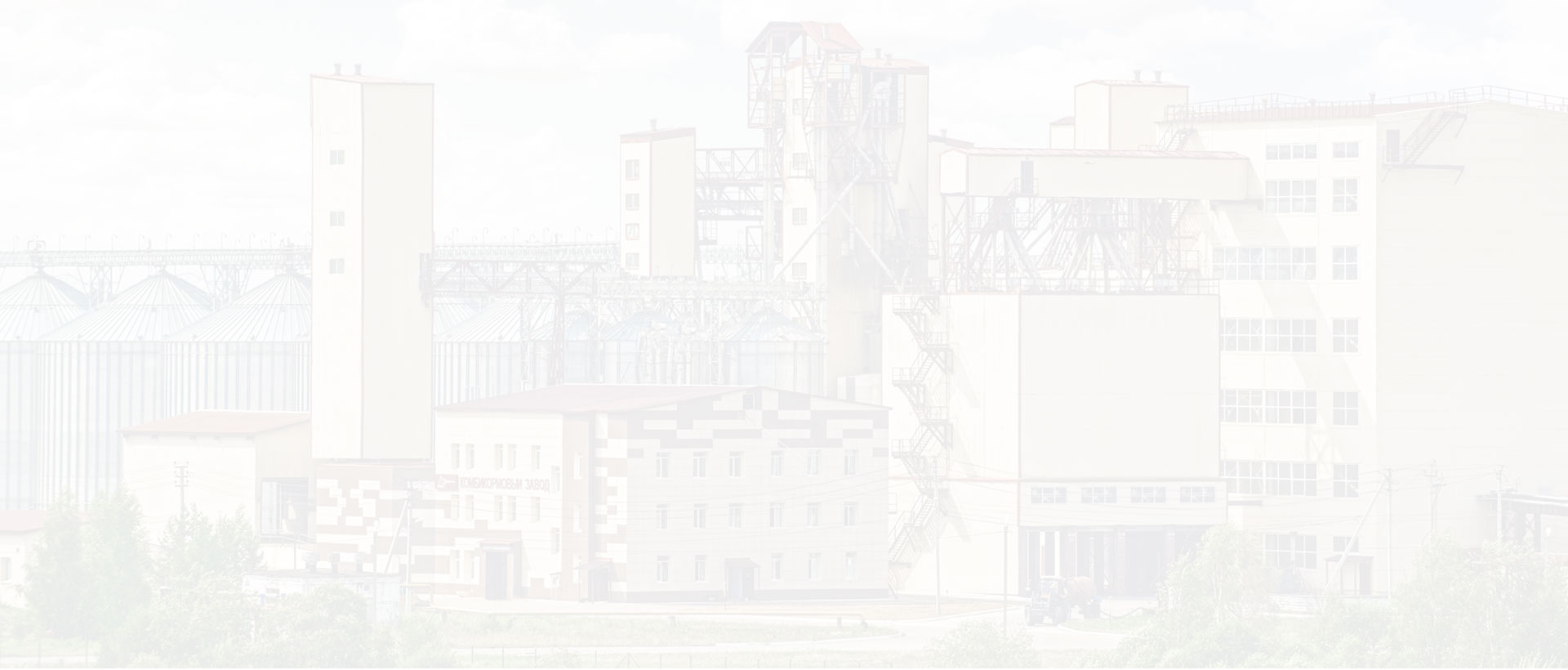

Your Partner Beyond Project Completion
2000+ cases
RICHI is the leading designer, manufacturer and builder of pellet plants in the world, completing over 2000 projects in 140 countries across 6 continents.
Read More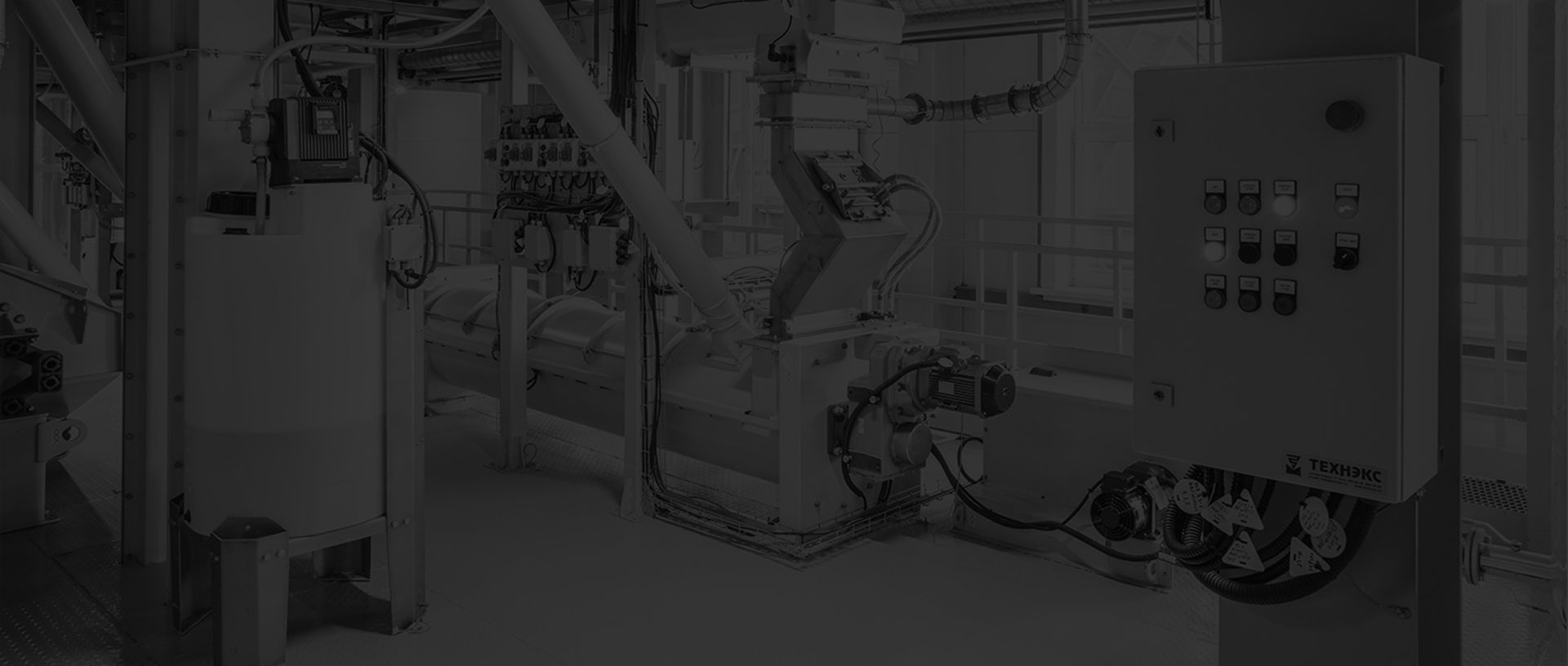
Increase plant productivity, profitability, and safety by integrating high quality equipment into your pellet production line. Over the years, RICHI has become China's top pellet equipment manufacturer. At the same time, RICHI has established valuable partnerships with the world's leading component and raw material manufacturers to bring you the best there is in technology, automation, and efficiency in pelleting plant machinery.
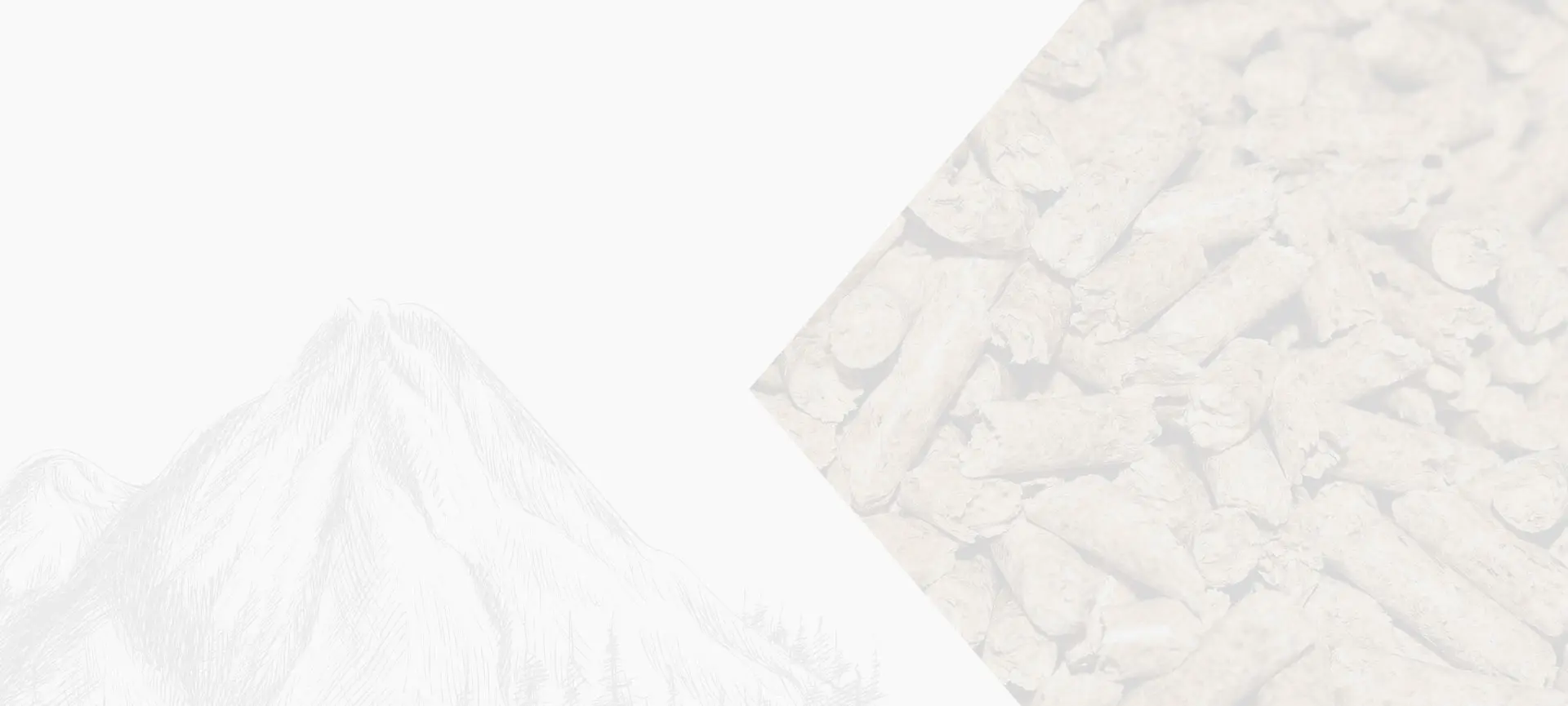
For nearly 30 years, RICHI has been providing best-in-class pellet plant equipment and services to clients across a variety of industries, sizes, and needs. We pride ourselves on the knowledge and skill that each team member possesses – from our technical sales team to our process design engineers. You can count on RICHI Machinery to take your operation to the next level of innovation, quality, and success.
Need help with your pellet manufacturing plant project? Contact us today.
ANIMAL FEED
BIOMASS
WOOD
ORGANIC FERTILIZER
AQUA FEED
CAT LITTER
MUNICIPAL WASTE RECYCLING
SPECIAL PELLET PRODUCTION
RICHI Machinery continues to deliver world class pellet mill equipment, pellet plant engineering and project solutions that add value to our customers in the animal feed, wood waste, agriculture waste, organic fertilizer, cat litter and special pellet products industries. Throughout the years, we RICHI Machinery have built strong brand, becoming industry-leading pellet machine manufacturer. We value integrity, promise quality, and prioritize your success.
Learn MoreWith our expert team, we precisely implement your process engineering requirements in pellet mill and pelletizing plant systems. No matter which industry you’re in – we understand your needs and deliver solutions that meet the highest standards.
At RICHI, quality comes first. Our pellet making machine and related pellet line equipment undergo rigorous quality controls to ensure they meet the highest standards. Rely on products that are durable, safe, and efficient.
With decades of experience in pellet machine and pellet production line production, we have earned a reputation as a trusted partner in various industries. Our expertise allows us to cover a wide range of applications.
Not only do we offer premium pelleting equipment, but we are also experts at designing, building, installing, and maintaining facilities from the ground up. Our expertise is within pellt plant process design, discovering the most efficient, productive, and profitable way to handle your materials in an end-to-end cycle.

Keeping in touch with us is an effective way to solve all your problems. If you have any needs or questions, please leave your contact information, then RICHI technical consultants will send design, quotation, videos to your mailbox. You can also contact us directly via WhatsApp: +86 13838389622
Copyright©2015-2024 by HENAN RICHI MACHINERY CO., LTD. All rights reserved.